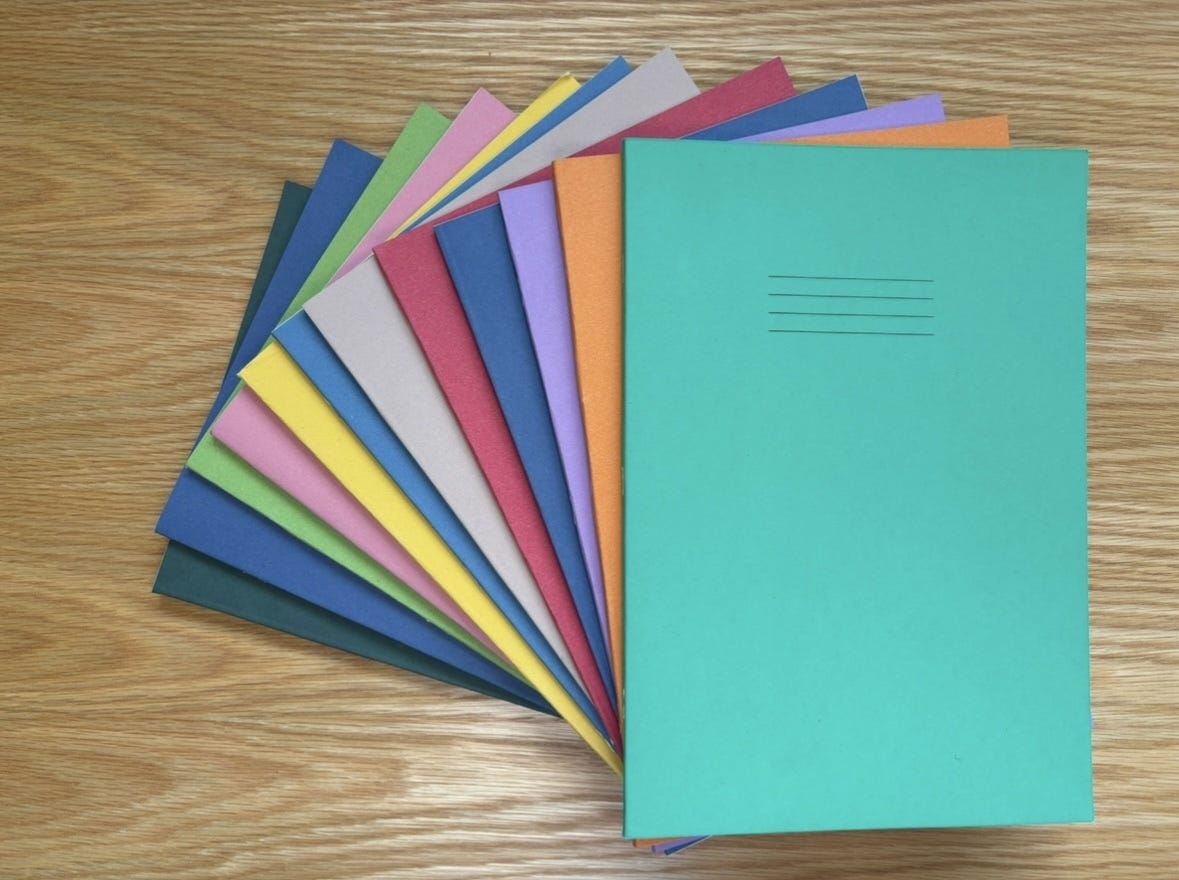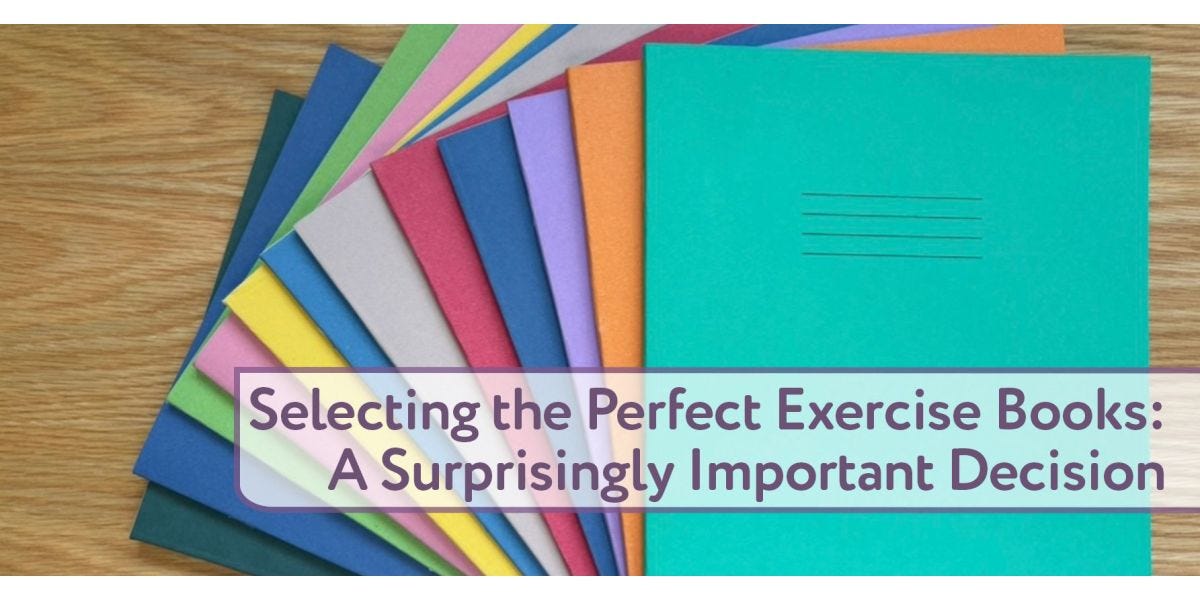Let’s be honest, when it comes to classroom resources, exercise books don’t always get the spotlight. They're not as exciting as a new interactive whiteboard or as attention-grabbing as a box of brand-new felt tips. Yet, these humble books are where the magic happens, the place where ideas are born, mistakes are made (and corrected), and where your students' progress is recorded, page by page.
But with so many options available, how do you pick the right exercise books for your school? Fear not! Here’s a handy guide to ensure your cupboards are stocked with the best books to suit every subject, student, and scribble.
1. The perfect size
A4 books are perfect for writing heavy subjects like English, History, or Science — plenty of space for big ideas, diagrams, and teacher feedback.
A5 books are ideal for subjects with shorter tasks, like spelling practice, vocabulary work, or quick maths workings.
9x7 books? A great middle ground for younger learners who need structure without the intimidation of a huge blank page.
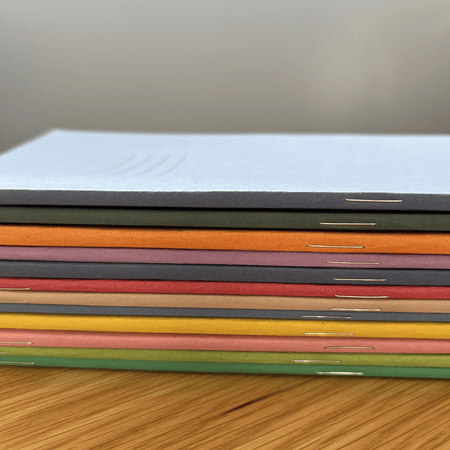

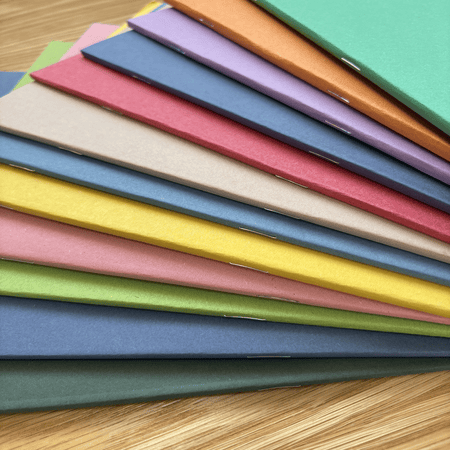

2. The great line debate
Wide lines are fantastic for KS1 learners just mastering their pencil grip.
Standard narrow lines suit KS2 and KS3 students developing neat handwriting.
Squared paper is your best friend in maths, ensuring numbers stay tidy and columns don’t wander off the page.
Plain pages are brilliant for sketching in art or encouraging creative writing (bonus points for margin space to scribble ideas!).
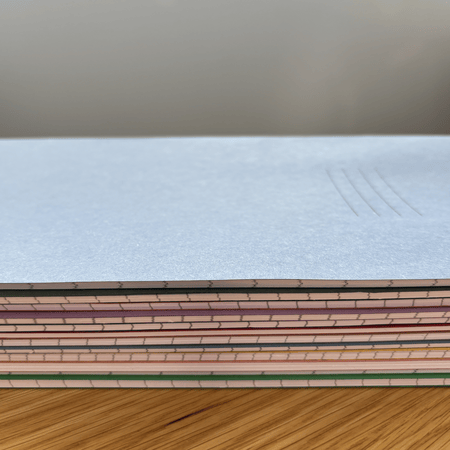

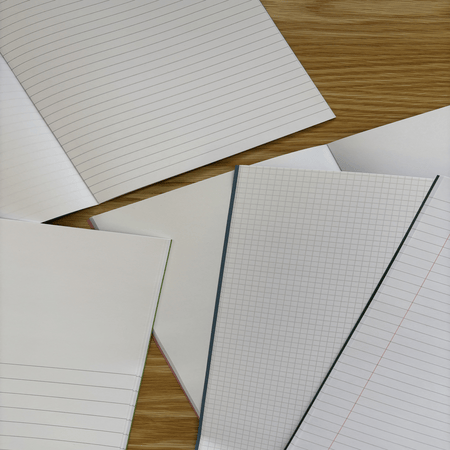

3. Covers: pretty vs practical
Cardboard covers are budget-friendly but may start to resemble ancient scrolls by the middle of term.
Plastic-coated covers are sturdier and water-resistant, ideal if your students are prone to spillages or ‘mysterious damp patches’.
Pre-printed subject labels can be a lifesaver when you’re faced with a chaotic pile of identical blue books.
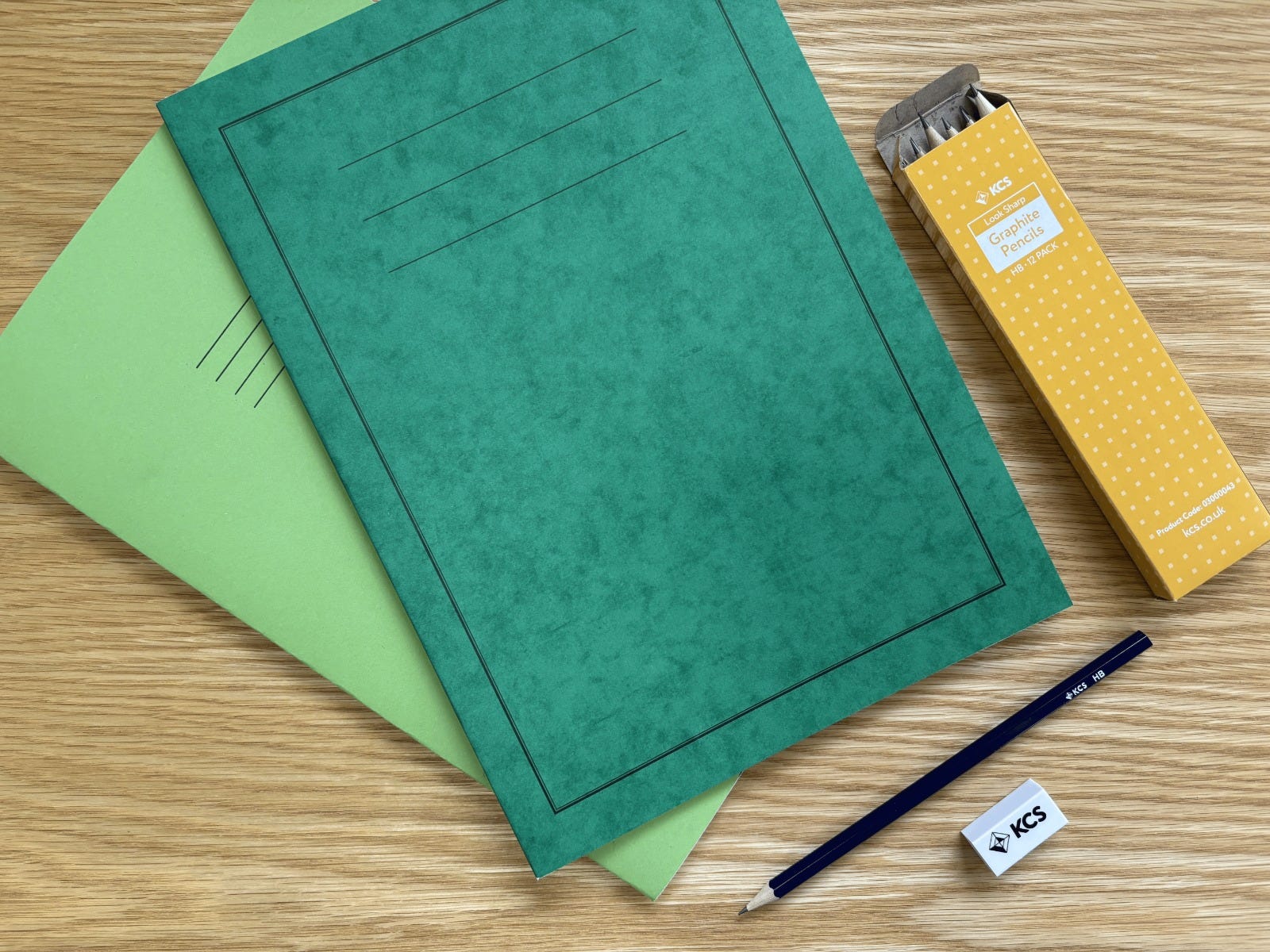

4. Paper quality – Because smudges are nobody’s friend
Low-GSM paper (thin and flimsy) can lead to ink bleeding through multiple pages.
Higher-GSM paper (thicker, more durable) gives a smoother writing experience.
There are plenty of options available to suit your need and budget.
5. Eco-friendly choices – because trees matter
Choosing eco-friendly options is a small change that makes a big difference — and it's a great conversation starter with students about environmental responsibility.
Our classic exercise book range even saves the Rhinos!
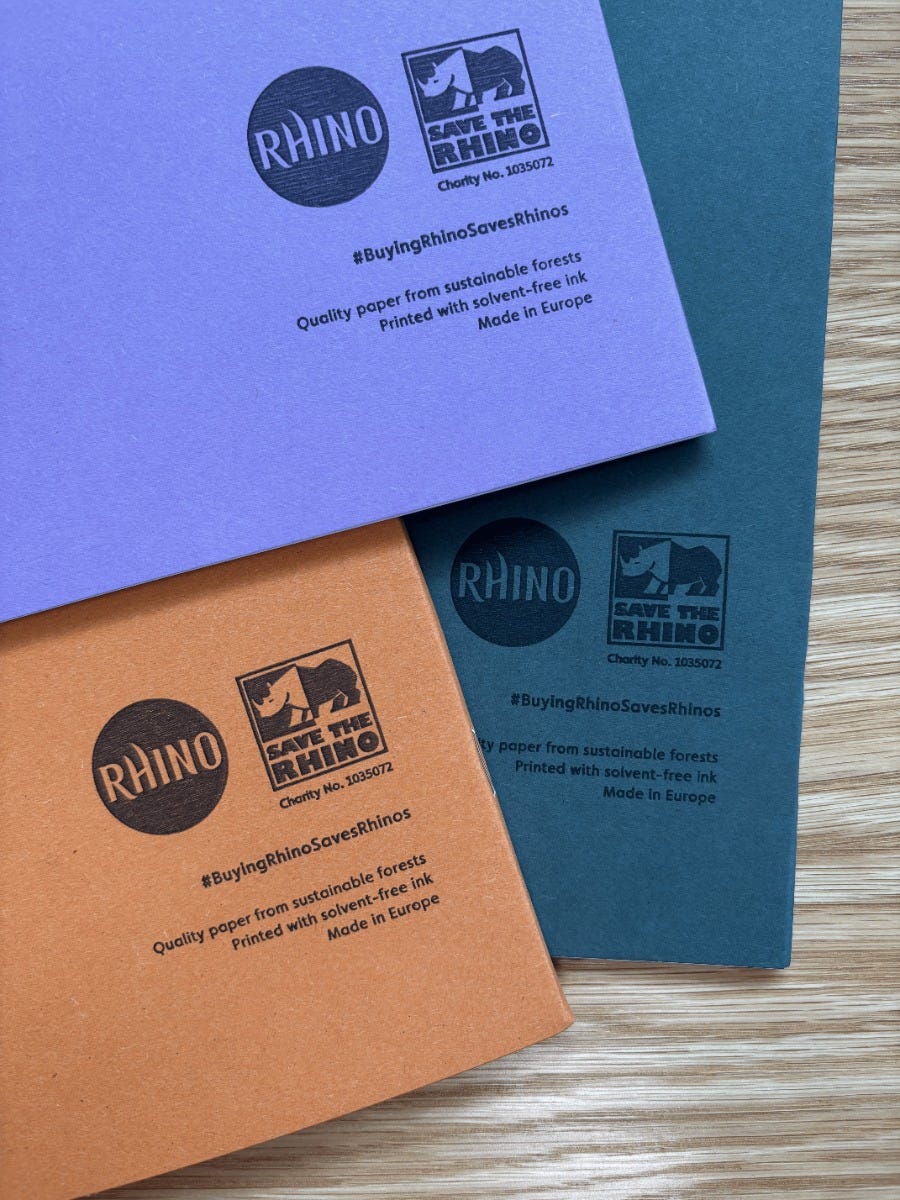

6. Colour-Coding: The secret to organisation bliss
Red for English, blue for maths, green for science — simple systems make tidying up faster and locating lost books much easier.
Plus, some students genuinely thrive on visual organisation.
Finally, an exercise book isn’t just a place to write; it’s a space for learning, growth, and (inevitably) the occasional doodle in the margin. So choose wisely, your school’s exercise books could just be the unsung heroes that keep your students inspired, organised, and ready to succeed!
What’s your school’s go-to exercise book strategy? Share your tips (or your most baffling book-related mishap) in the comments below!
